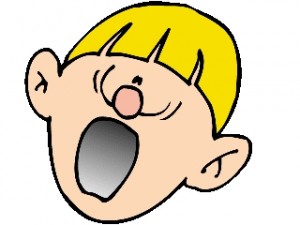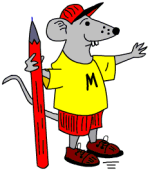Year 1 maths vocabulary list from mathsblog.co.uk
 The final list of vocabulary that children in year 1 are expected to become familiar with is to do with position and general instructions. Earlier sets of words can be found in the reception worksheet section of the site.
The final list of vocabulary that children in year 1 are expected to become familiar with is to do with position and general instructions. Earlier sets of words can be found in the reception worksheet section of the site.
Words to do with position are:
underneath centre journey
whole turn half turn
There are also a number of instructions that children are expected to be familiar with, including:
listen remember point to arrange rearrange
separate carry on choose collect describe
explain record complete finish
(Taken from Mathematical Vocabulary Book DfEE)
The attached pdf has this vocabulary written large to cut out and use as flash cards/display etc.



 Here is a follow up to a simple number investigation using 3 boxes and some buttons. It looks at how many different ways 10 buttons can be placed in 3 boxes.
Here is a follow up to a simple number investigation using 3 boxes and some buttons. It looks at how many different ways 10 buttons can be placed in 3 boxes. The Primary Framework for Mathematics is very keen that young children use their mathematical knowledge to solve problems and investigate. This worksheet gives an idea of the kind of work that can be done. Find 3 boxes and 7 counters or buttons. Explore how many different ways that the counters can be put in the boxes. Usually children will begin a task like this in a random way – the better mathematicians will soon begin to work in a more ordered way.
The Primary Framework for Mathematics is very keen that young children use their mathematical knowledge to solve problems and investigate. This worksheet gives an idea of the kind of work that can be done. Find 3 boxes and 7 counters or buttons. Explore how many different ways that the counters can be put in the boxes. Usually children will begin a task like this in a random way – the better mathematicians will soon begin to work in a more ordered way. Here is a nice little investigation for young children which will show how well they can organise their thinking and work in a logical way.
Here is a nice little investigation for young children which will show how well they can organise their thinking and work in a logical way.